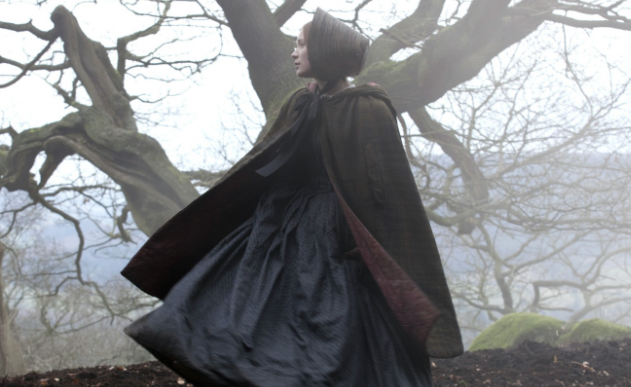Title: Jane Eyre and the Theme of Escape
The theme of escape in “Jane Eyre” resonates deeply with readers, as it captures the struggle for freedom and self-determination. Charlotte Brontë’s classic novel explores various forms of escape—whether from oppressive environments, societal expectations, or personal limitations. Understanding this theme allows us to connect with the characters and their desires for independence.
The Quest for Physical Escape
Throughout the novel, Jane Eyre’s journey is marked by her yearning for physical escape from oppressive situations. As a child, she faces mistreatment at Gateshead Hall, leading her to seek refuge in the Lowood School. Here, Jane experiences both hardship and growth, but her quest for freedom doesn’t end there. Each setting, from the harsh confines of Lowood to the stifling atmosphere of Thornfield Hall, pushes Jane to seek liberation, ultimately driving her to reclaim control over her own life. This theme highlights the struggle many face in seeking environments that foster their individuality.
Emotional and Psychological Escape
Escape in Jane Eyre is not solely about physical spaces; it also encompasses emotional and psychological dimensions. Jane often battles the societal pressures of Victorian England, which dictate her worth based on gender and class. Her relationship with Mr. Rochester serves as a catalyst for both emotional escape and entrapment. While their passionate bond offers Jane a taste of love and belonging, it also challenges her independence. The complexity of this dynamic illustrates that escape can be as much about breaking free from one’s own fears and insecurities as it is about leaving a physical location.
Moral and Social Escape
Brontë cleverly intertwines moral and social themes within the narrative of escape. Jane’s journey highlights her quest for integrity in a world rife with hypocrisy. Her refusal to compromise her values—whether in the face of Mr. Rochester’s marriage to Bertha Mason or societal expectations—underscores the importance of moral freedom. By choosing to leave Thornfield after discovering the truth about Rochester’s past, Jane exemplifies true strength. She forges her own path, ultimately helping readers reflect on the importance of aligning one’s actions with personal beliefs and ethics.
Conclusion
Jane Eyre’s exploration of escape is multifaceted, granting readers a window into the struggles for freedom, identity, and moral integrity. Through Jane’s adventures, we are reminded of our own quests for liberation in various aspects of life. If you find this theme intriguing, consider diving deeper into Jane’s world and the myriad ways escape shapes her journey. By engaging with her story, we can explore our own definitions of freedom and the courage it takes to pursue it.
